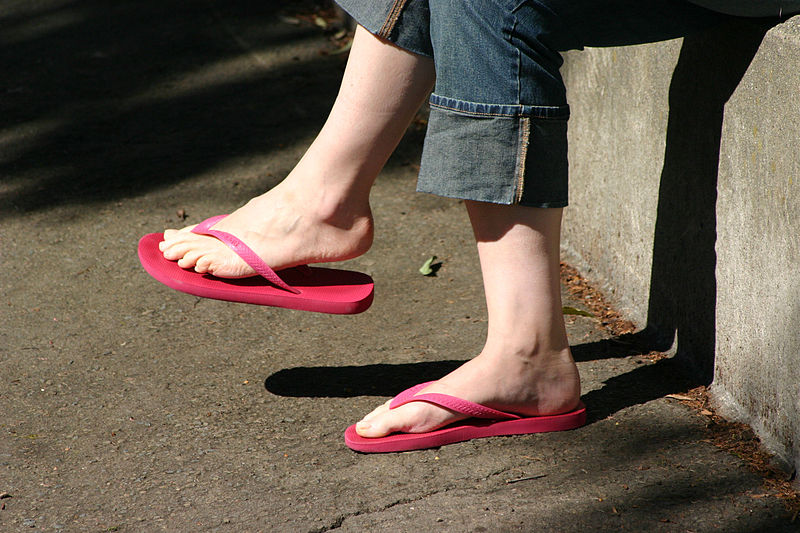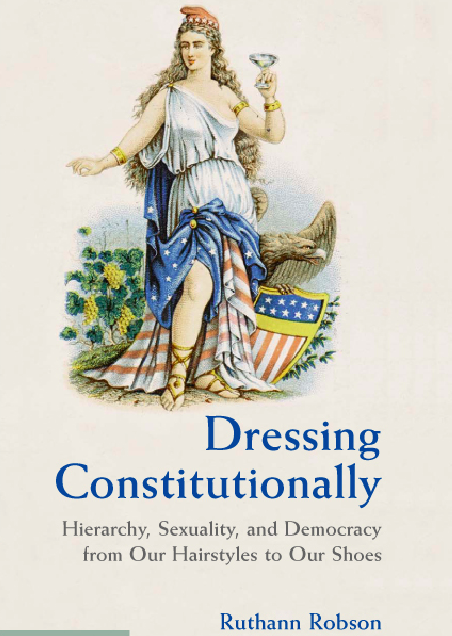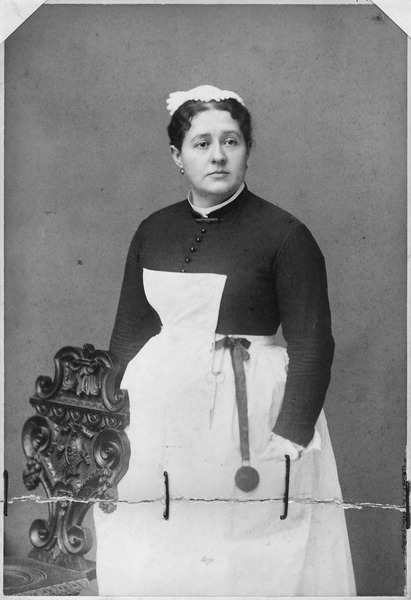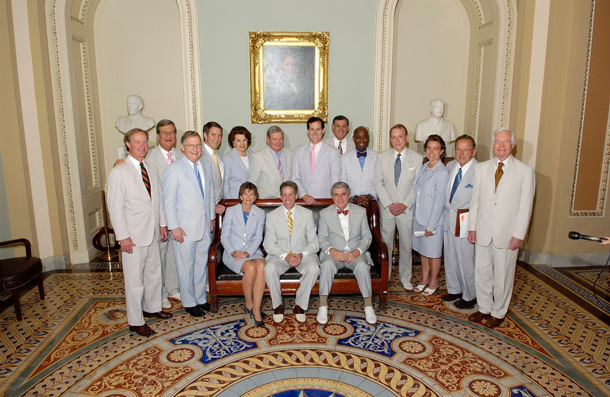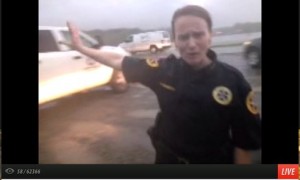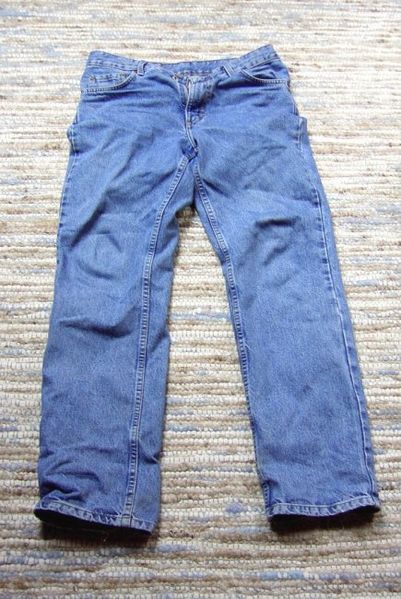The role of a professional organization can be to set codes of conduct, perhaps including professional dress. The American Library Association does not have a dress code, but some researchers are trying to determine whether it should according to a “Annoyed Librarian” column at Library Journal. The post links to the survey which is worth a look, including questions such as whether “name tags” would be assets and whether a dress code would “increase the perception and role of librarians” or “increase salaries across the profession.” The survey also posits the ultimate question of whether the American Library Association should pay attention to the issue. The views of “Annoyed Librarian” and the commentators to the column are decidedly negative.
Librarian dress, like academic dress, was once highly regularized. Although perhaps he did not dress for his usual workday in a similar fashion, here is the portrait of Thomas James, the first Librarian at the Bodleian Library at the University of Oxford:
Today, many professions, employers and workers struggle with the concept of “dressing professionally.” Whether there should be policies, especially if those policies can result in adverse employment actions, is a hotly debated question. Because many librarians work in public libraries, schools, or universities, there are certainly First Amendment considerations. If the dress code makes distinctions based on gender, that would raise a raft of concerns in both public and nonpublic libraries.



